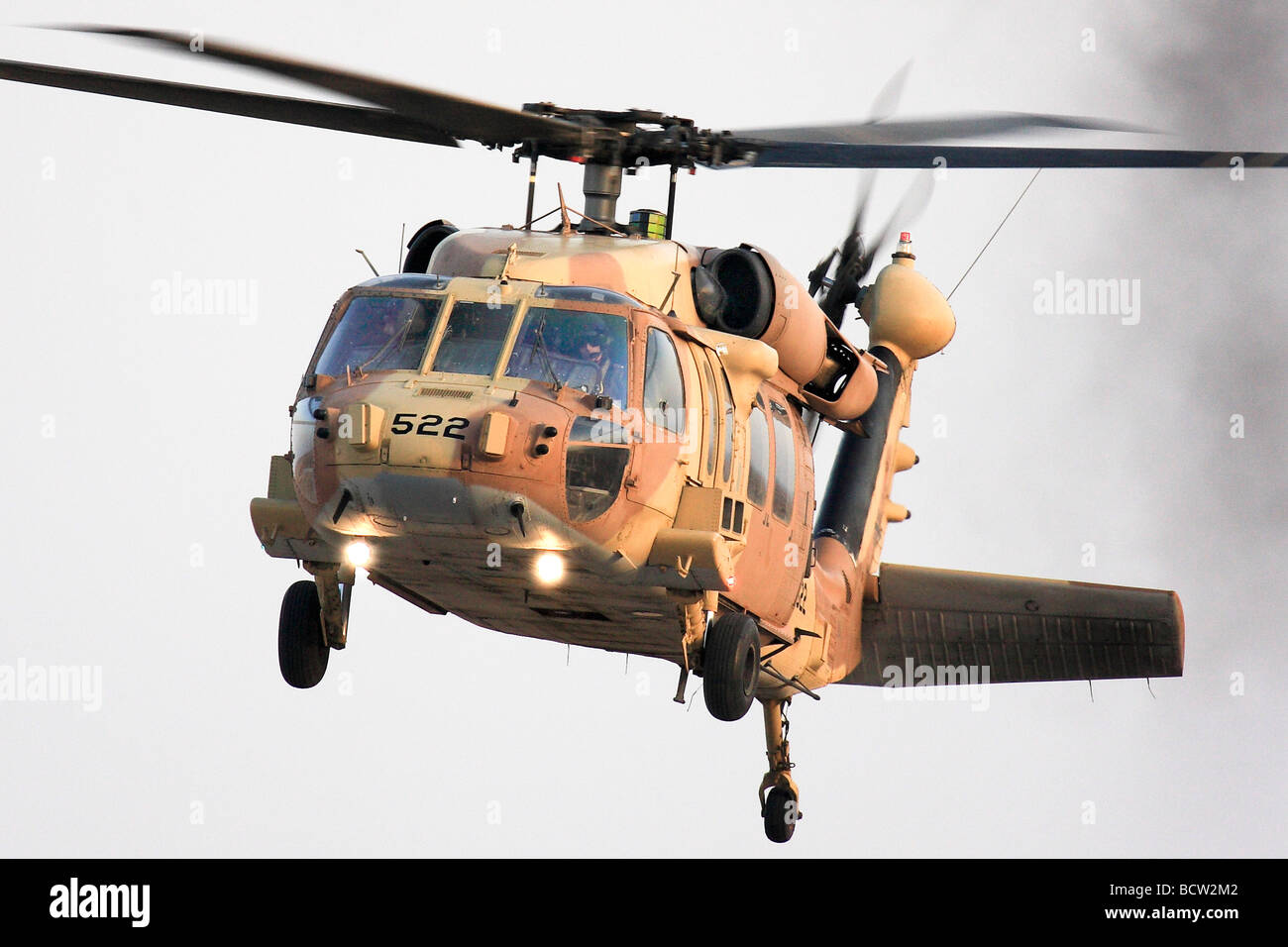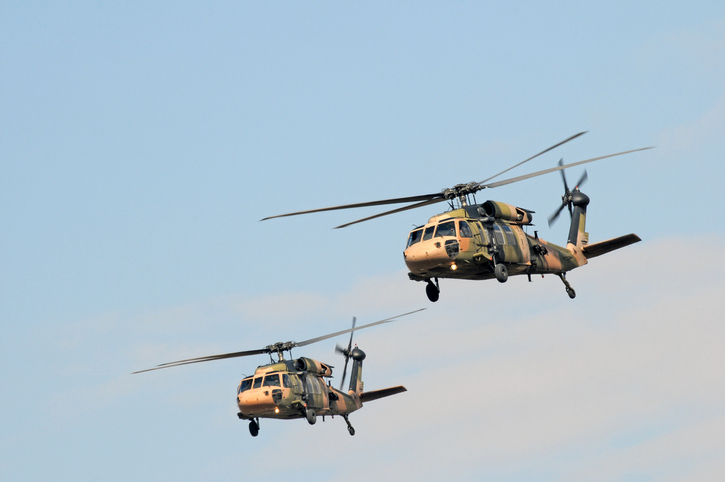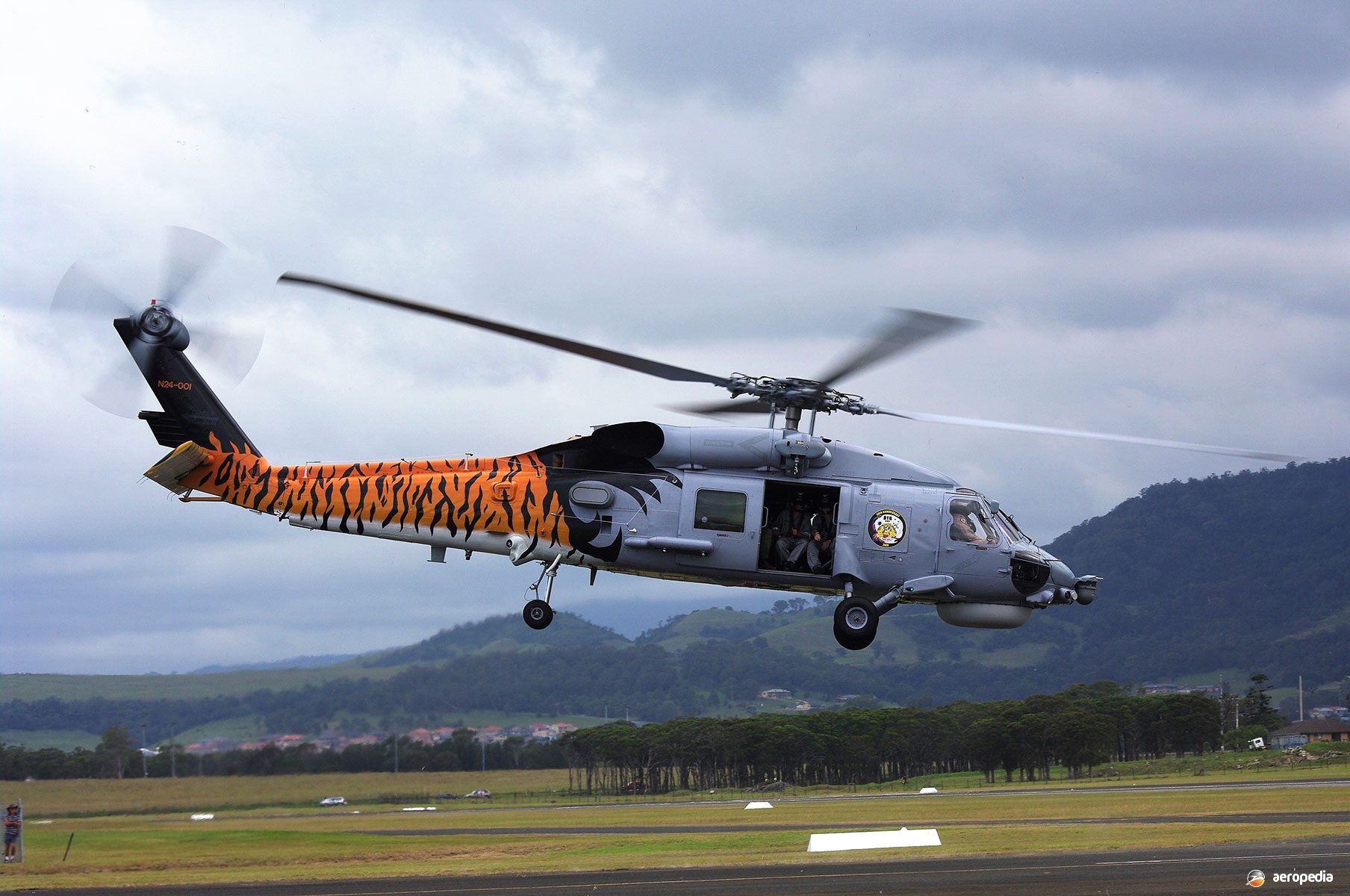High-Performance Multi-Role Rotorcraft Featuring Advanced Cabin Technologies and Integrated Sensing Unit Systems
The realm of rotorcraft modern technology has seen noteworthy advancements in current times, particularly in the realm of high-performance multi-role rotorcraft outfitted with advanced cockpit technologies and effortlessly integrated sensor systems. In the complying with discussion, we will check out the evolution of rotorcraft technology, dig into the realm of sophisticated cockpit technologies, and examine the effects of integrated sensor systems on the functional convenience and performance of modern rotorcraft.
Development of Rotorcraft Modern Technology
The development of rotorcraft innovation has actually been noted by substantial improvements in the rules of aerodynamics, products, and propulsion systems, forming the capacities and performance of modern-day rotorcraft. Aerodynamic renovations have improved the effectiveness and ability to move of rotorcraft, enabling raised speed, agility, and stability throughout trip (sikorsky s 70). Innovations in materials, such as using composite materials and advanced alloys, have brought about lighter yet more powerful rotorcraft structures, enhancing overall efficiency and longevity. Furthermore, developments in propulsion systems, consisting of a lot more powerful engines and ingenious propulsion modern technologies, have actually allowed rotorcraft to achieve higher altitudes, faster speeds, and higher payloads.
These improvements have not just changed the capabilities of rotorcraft but have actually additionally broadened their applications across numerous sectors, consisting of armed forces, commercial, and emergency situation services. The constant evolution of rotorcraft modern technology remains to drive advancement in the field, pushing the limits of what is possible and forming the future of upright flight.
Advanced Cabin Innovations
Building upon the fundamental developments in the rules of aerodynamics, materials, and propulsion systems, the world of rotorcraft modern technology now shifts focus in the direction of pioneering Advanced Cockpit Innovations. The assimilation of cutting-edge technologies within the cabin environment plays an essential duty in improving the functional capabilities, safety, and effectiveness of modern rotorcraft. sikorsky s 70. Advanced Cockpit Innovations include a broad variety of features created to give pilots with improved situational recognition, streamlined data monitoring, and intuitive control interfaces
Among the vital improvements in cabin design is the application of glass cockpits, which replace conventional analog determines with high-resolution displays. These electronic systems provide personalized formats, real-time information combination, and improved readability, allowing pilots to accessibility critical info at a look. Advanced avionics systems, such as fly-by-wire controls and enhanced truth screens, are changing how pilots communicate with the aircraft, enabling for exact control and enhanced decision-making abilities.


Incorporating advanced cabin advancements not only enhances pilot efficiency however likewise adds to general mission performance and security in complicated operational environments. By leveraging modern innovations within the cabin, rotorcraft makers are setting new standards for functional quality and objective success.
Integrated Sensor Solutions
With the development of rotorcraft technology, the assimilation of advanced Integrated Sensing unit Solution has actually ended up being paramount in improving operational effectiveness and safety. These Integrated Sensing unit Systems encompass a vast range of modern technologies that offer essential information for numerous functions such as navigating, monitoring, targeting, and environmental tracking. By seamlessly integrating sensors like radars, electronic cameras, lidar, and infrared systems into rotorcraft, drivers can take advantage of enhanced situational awareness, improved goal capabilities, and decreased pilot workload.
One key advantage of Integrated Sensor Equipments more information is their ability to collect real-time information and offer actionable understandings to pilots and mission operators. Progressed radar systems can detect and track targets over long ranges, permitting for early danger discovery and reliable feedback preparation. Furthermore, integrating electro-optical and infrared cameras enables rotorcraft to perform reconnaissance and security objectives with accuracy and accuracy.
In essence, the integration of cutting-edge sensing unit technologies into rotorcraft not only enhances functional effectiveness but likewise contributes dramatically to total goal success and crew safety. As rotorcraft remain to develop, the function of Integrated Sensing unit Solution will certainly stay at the center of innovation in the aerospace market.
Functional Flexibility and Performance
Enhancing operational flexibility and performance in rotorcraft is an all-natural development from the assimilation of sophisticated Integrated Sensor Solutions. By leveraging the understandings and data supplied by these cutting-edge sensing unit systems, rotorcraft can optimize their performance throughout various goals and settings.
Operational convenience incorporates the ability of rotorcraft to adapt to different roles and scenarios successfully. With sophisticated cabin technologies and integrated sensing unit systems, rotorcraft can effortlessly transition between tasks such as search and rescue, medical discharge, surveillance, and more. This flexibility boosts the rotorcraft's capability to satisfy diverse operational requirements without needing considerable reconfiguration.
Performance in rotorcraft operations is critical for optimizing mission performance and resource use. Integrated sensor systems play a critical duty in enhancing functional performance by supplying real-time data on climate condition, surface mapping, target monitoring, and more. This information makes it possible for pilots to make enlightened choices swiftly, optimize trip courses, save fuel, and enhance general objective performance.
Effect On Modern Air Travel Workflow

Moreover, the assimilation of advanced sensing units helps with improved goal preparation and execution, allowing rotorcraft to perform a wide variety of jobs with boosted accuracy. From search and rescue procedures to airborne firefighting and police missions, the capacities of contemporary rotorcraft geared up with sophisticated cabin technologies and integrated sensor systems are unequaled.
Furthermore, the impact of these innovations extends beyond operational performance to cost-effectiveness and sustainability. By optimizing trip courses, fuel consumption, and maintenance schedules, high-performance rotorcraft geared up with sophisticated cockpit innovations and sensing units contribute to decreasing functional expenses and environmental influence, making them vital properties in modern air travel operations.
Final Thought
In conclusion, the high-performance multi-role rotorcraft with advanced cockpit innovations and integrated sensor systems stands for a significant evolution in air travel innovation. These innovations enhance operational flexibility and performance, moved here ultimately affecting contemporary air travel procedures in a favorable method. The assimilation of these sophisticated modern technologies enables boosted capabilities and performance in various mission situations, showcasing the proceeded improvement of rotorcraft innovation in the aviation market.
The world of rotorcraft technology has actually seen remarkable innovations in current times, especially in the world of high-performance multi-role rotorcraft furnished with cutting-edge cabin technologies and effortlessly integrated sensor systems. From improved objective convenience to boosted functional performance, the convergence of advanced cockpit technologies and integrated sensor systems has actually ushered in a new period of possibilities for rotorcraft applications. In the adhering to conversation, we will check out the evolution of rotorcraft innovation, dive right into the world of advanced cockpit advancements, and take a look at the implications of incorporated sensor systems on the functional convenience and efficiency of modern rotorcraft.
